Measure of impoverishment: Karachi third least poor district
City’s poverty ratio stands at 4.5%, states recent report
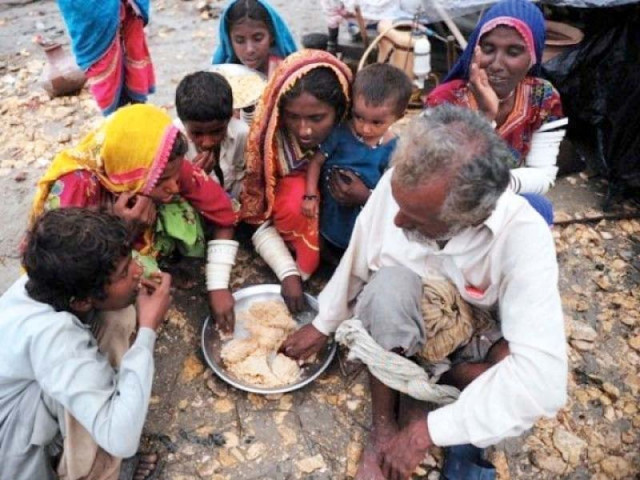
According to the report, the level of poverty in Sindh has gone down in the last several years. PHOTO: AFP
MPI is based on the Alkire Foster methodology that covers three dimensions - education, health and living standards — as a yardstick to measure poverty instead of the traditional methods of relying on income or consumption as a base.
Compiled with the help of Oxford Poverty and Human Development Initiative (OPHI) and United Nations Development Programme (UNDP), the report was recently released by the Planning Commission of Pakistan.
Only half a dozen districts in the country could make their place category where poverty ratio is within single digit.
Capital leads the way
A comparison with the data of the past few years gives an interesting overall and district-wise picture of economic and social conditions of people living in different parts of the country.
Islamabad is the only city where the poverty ratio has remained within single digits. It was measured at 3.1% in 2014-15, 5.8% in 2012-13, 9.6% in 2010-11 and 9.1% in 2008-09.
In Karachi, the poverty ratio was 4.5% in 2014-15, 6.7% in 2012-13, 9.9% in 2010-11 and 10.5% in 2008-09.
For Lahore it was measured at 4.3% in 2014-15, 6.8% in 2012-13, 11.1% in 2010-11 and 10.3% in 2008-09.
Rawalpindi falls fourth in terms of having the least number of poor people in the country. In the district, 7.5% people fall below the poverty line. They were 7% in 2012-13, 11% in 2010-11 and 11.6% in 2008-09 under the MPI.
Jhelum and Attock are also listed among the cities where the poverty ratio was less than 10% -for Jhelum it was 8.5% and 9.9% in Attock.
In Peshawar, 31.5% people live in poverty. The figure was 20.9% in 2012-13, 33.2% in 2010-11 and 44.1% in 2008-09.
Neglected Balochistan
In contrast, there are several districts where over 90% of the population lives below the poverty line. Quetta is the most affluent district of Balochistan where 46.3% of people live under the poverty line.
The poorest districts are Qila Abdullah at 97%, Harnai at 94.2%, Barkhan at 93.6%, Sherani 90.6%, Ziarat at 90%, Kohlu at 86.8%, Dera Bugti at 88.4% and Chagai at 89.2%.
Dismal outlook
The most alarming indicator of the report is the intensity of poverty, as each poor person lacks access to half of the indicators selected for measuring poverty. The MPI findings show 60.6% population of the country does not have access to cooking fuel, 48.5% do not complete schooling, almost four out of every 10 people (39%) do not have any assets and over 38% live in a one-room shelter. Moreover, about one-third of the population does not have access to health facilities in the country.
Measures used
To tailor Pakistan's context, 15 indicators were used for the national measure, instead of the 10 employed for such measures globally.
Within these 15 indicators, eight were used in the 'living standards category', which included access to water, sanitation, walls, overcrowding, electricity, cooking fuel, assets, and land. The livestock indicator was specific for rural areas only.
Three indictors included under the dimension of education were education quality, years of schooling and child school attendance.
In the heath dimension, access to health facilities/basic health units, immunisation, ante-natal care and assisted delivery were used as the indicators.
Published in The Express Tribune, July 19th, 2016.

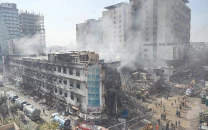
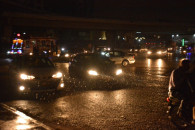
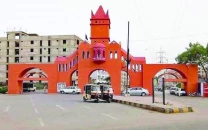
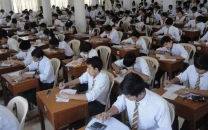














COMMENTS
Comments are moderated and generally will be posted if they are on-topic and not abusive.
For more information, please see our Comments FAQ